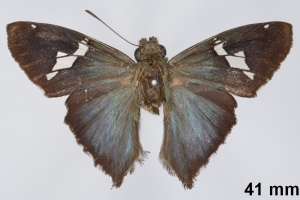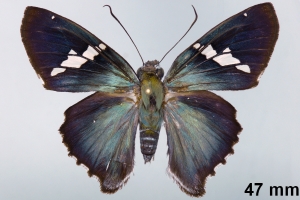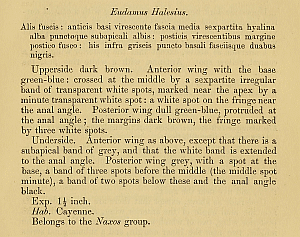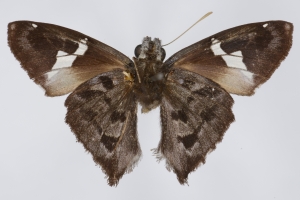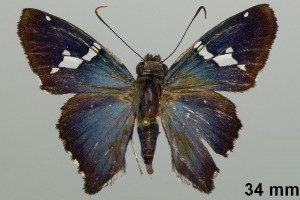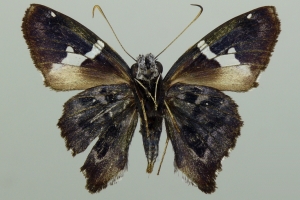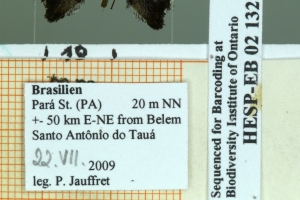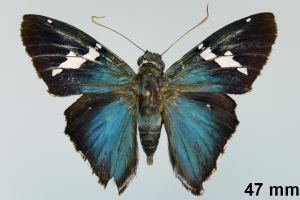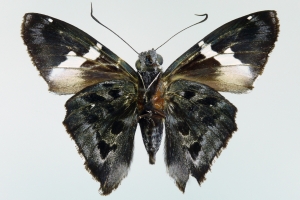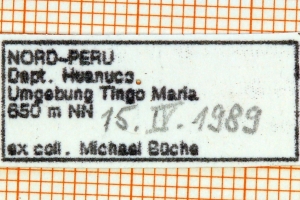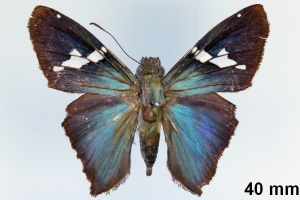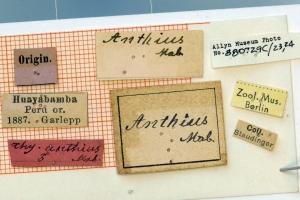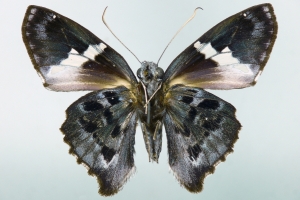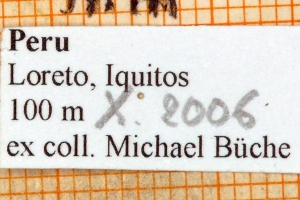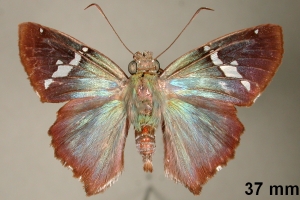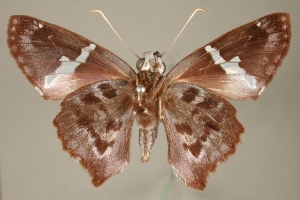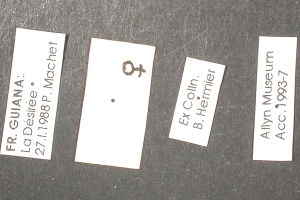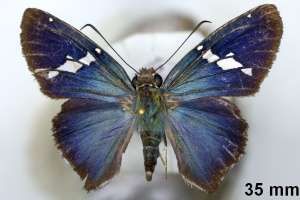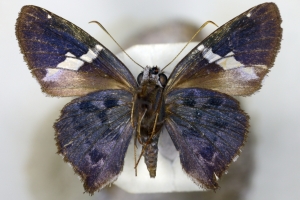Inhalt
2. Diagnose
2.1. Männchen
1-3: Typus (Holotypus?) ♂, Daten siehe Etiketten (fot.: Nick V. Grishin, Fotos bearbeitet: Michel Kettner), © Images copyright Trustees Natural History Museum, used with permission.
4-6: ♂, Daten siehe Etiketten (coll., det. & fot.: Ernst Brockmann, Fotos bearbeitet: Michel Kettner)
7-9: ♂, Daten siehe Etiketten (coll., det. & fot.: Ernst Brockmann, Fotos bearbeitet: Michel Kettner)
10-12: Typus?♂ von Thymele anthius Mabille, 1891, Daten siehe Etiketten (fot.: Ernst Brockmann, Fotos bearbeitet: Michel Kettner), coll. Zoologisches Museum der Humboldt-Universität zu Berlin.
2.2. Weibchen
1-3: ♀, Daten siehe Etiketten (coll., det. & fot.: Ernst Brockmann, Fotos bearbeitet: Michel Kettner)
4-6: ♀, Daten siehe Etiketten (fot.: Bernard Hermier, Fotos bearbeitet: Michel Kettner), coll. McGuire Center for Lepidoptera and Biodiversity, University of Florida, Gainesville, Florida.
7-9: ♀, Daten siehe Etiketten (fot.: Bernard Hermier, Fotos bearbeitet: Michel Kettner), coll. Maeva Leroy & Nino Page
2.3. Erstbeschreibung
3. Weitere Informationen
3.1. Andere Kombinationen
- Eudamus halesius Hewitson, 1877 [Originalkombination]
3.2. Synonyme
- Thymele anthius Mabille, 1891
3.3. Faunistik
Nach [Global Biodiversity Information Facility] kommt die Art in Französisch-Guayana, Brasilien und Peru vor.
Locus typicus: Französisch-Guayana.
(Autor: Michel Kettner)
3.4. Literatur
- Erstbeschreibung: Hewitson, W. C. (1877): Descriptions of twenty-three new Species of Hesperidae from his own Collection. — The Annals and Magazine of Natural History, Zoology, Botany, and Geology. Fourth Series 20: 319-328. London (Taylor and Francis).




![Vorkommen in Französisch-Guayana [Locus typicus. Foto im Forum]](/res/img/flag/gf.gif)
![Vorkommen in Peru [Foto im Forum]](/res/img/flag/pe.gif)
![Vorkommen in Brasilien [Foto im Forum]](/res/img/flag/br.gif)
